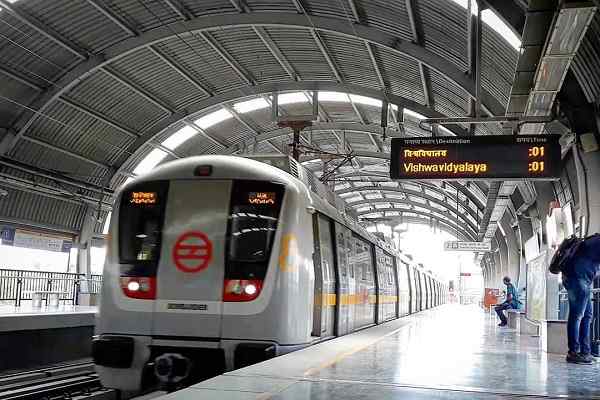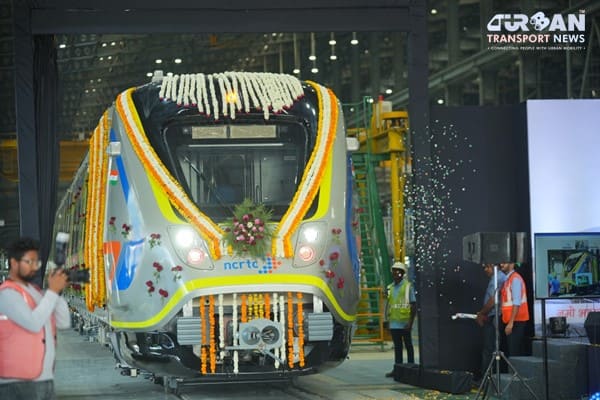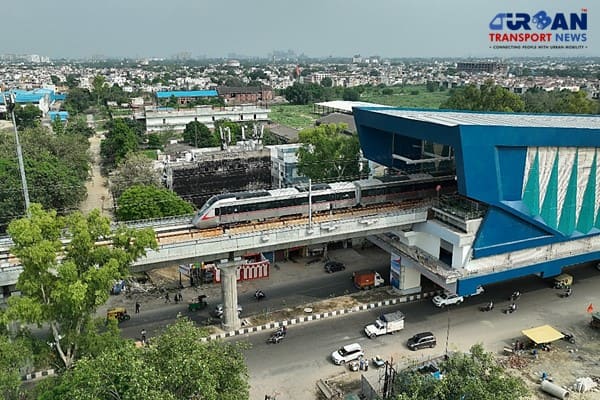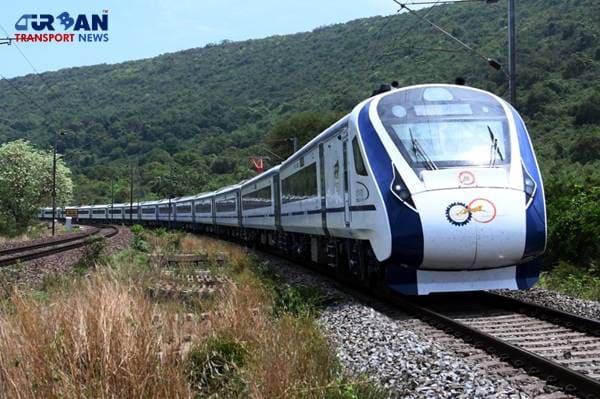 What are the Railway Development Plans in BJP's Manifesto for 2024-2029?
What are the Railway Development Plans in BJP's Manifesto for 2024-2029?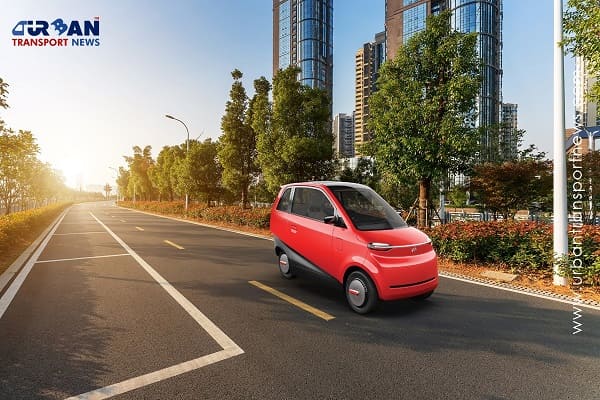 Latest innovations shaping the urban mobility sector across the globe
Latest innovations shaping the urban mobility sector across the globe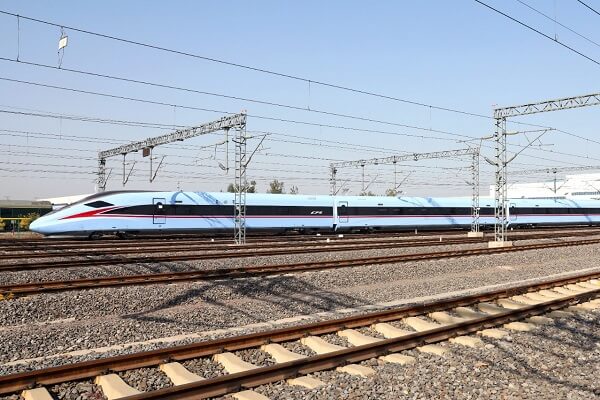 California issues RfP for procurement of High Speed Bullet Trains
California issues RfP for procurement of High Speed Bullet Trains ONCF floated global construction tenders for Kénitra - Marrakech High Speed Rail
ONCF floated global construction tenders for Kénitra - Marrakech High Speed Rail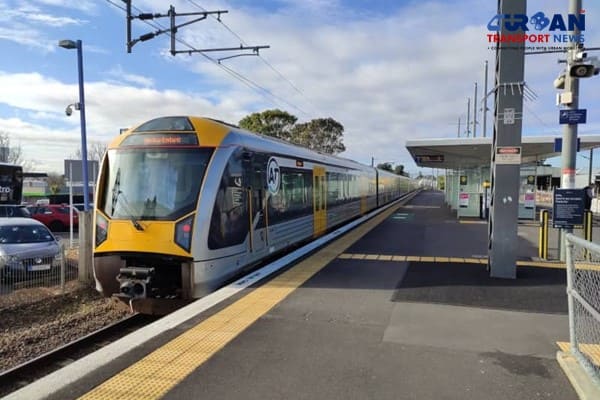 Six firms bags £4 Billion Train Control Systems contract from Network Rail
Six firms bags £4 Billion Train Control Systems contract from Network Rail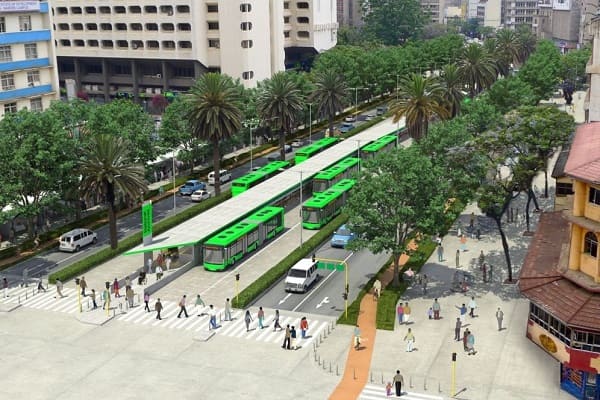 Electrifying Change: India's Path to Sustainable Urban Mobility
Electrifying Change: India's Path to Sustainable Urban Mobility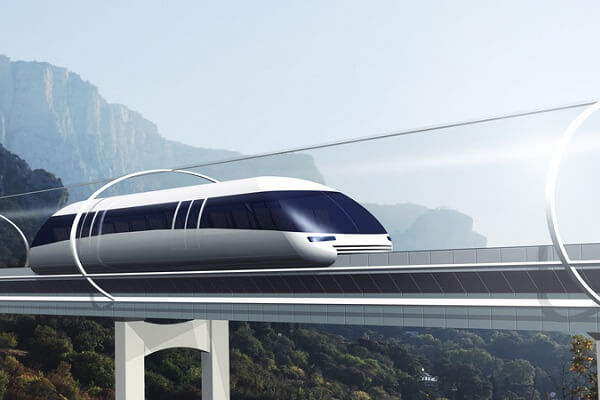 China's T-Flight Hyperloop Train Sets New Speed Record, Tested at 623 kph
China's T-Flight Hyperloop Train Sets New Speed Record, Tested at 623 kph Indian Road Logistics Industry Set for Moderate Growth in FY2025
Indian Road Logistics Industry Set for Moderate Growth in FY2025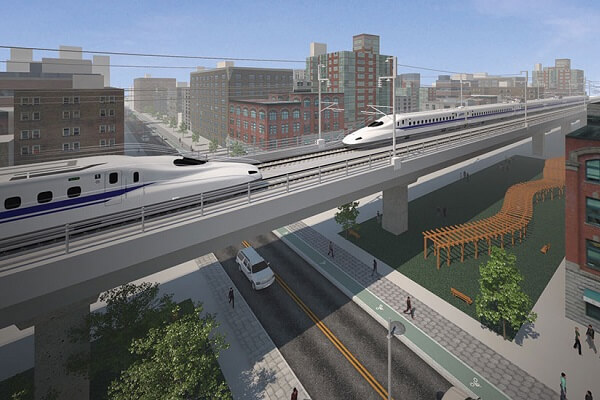 Reviving interest in High-Speed Rail: USA and Japan to discuss Texas Bullet Train Project
Reviving interest in High-Speed Rail: USA and Japan to discuss Texas Bullet Train Project Kuldip Narayan assumes charge as new Managing Director of NCRTC
Kuldip Narayan assumes charge as new Managing Director of NCRTC
After free travel to women in DTC, Delhi Metro looses 8 lakh daily ridership
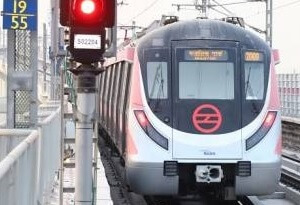
New Delhi, India (Urban Transport News): According to a recent ridership data, the average daily ridership of DTC & cluster buses rose from 27 lakh to 32 lakh in two months just after announcing the free travel scheme to women in buses, subsequently the ridership of the Delhi Metro reduced to 24 lakh from 32 lakh. Apart from this, the Delhi Government has added a total of 404 new buses in the fleet of Delhi Transport Corporation (DTC). The government is now planning to augment bus services in 74 routes which may also hit the Delhi Metro ridership and cause “under-utilization” of existing public transport facilities. Showing the fear of losses, the Delhi Metro Rail Corporation (DMRC) has written a letter to Delhi Transport Department and requested the government to modify the proposal so that the routes “do not run parallel” to the Delhi Metro network. Earlier, after raising metro fares in 2017, the Delhi Metro had lost a chunk of commuters to DTC and cluster buses.
The DMRC made the observations while responding to the Delhi government’s route-rationalization proposal, which was undertaken by the Delhi Integrated Multi-Modal Transit System (DIMTS) at a cost of around Rs 2.97 crore. The DIMTS submitted its final draft report to Delhi Government in February this year. Considering the proposal, the government has so far implemented only a pilot rationalisation scheme in the Najafgarh area. However, the Transport Department yet to finalise the complete suggestions. Indicating its observations on the route-rationalization plan, the DMRC writes:
It has been observed that there are 74 routes which are either parallel to Metro network or existing Metro feeder routes. Operation of such parallel services will not only hamper the ridership of Metro network but it would render under-utilisation of public transport as well as government resources. Therefore, it is requested that such routes that are parallel to the Metro network may be modified in such a manner that they are not operated parallel to the Metro network.
Delhi Metro has further proposed that in cases where the routes of its Metro feeder buses and the routes proposed by the DIMTS overlap at any stretch measuring over 3 km, schedules for both should be in sync in such a way to avoid bunching of the services.
Therefore, it will be appropriate if a timetable of such routes is prepared by taking into account all the buses of the Metro feeder services and the number of buses proposed by DIMTS on such routes so that the buses are available to the commuters at the desired frequency.
The proposed route rationalisation plan of Delhi government essentially seeks to make optimum use of available public buses in Delhi-NCR through realignment and merger of routes, so as to achieve the ambitious goal of ensuring availability of DTC and cluster buses within 500 meters of every neighborhood in the city at a frequency of not more than 15 minutes.





